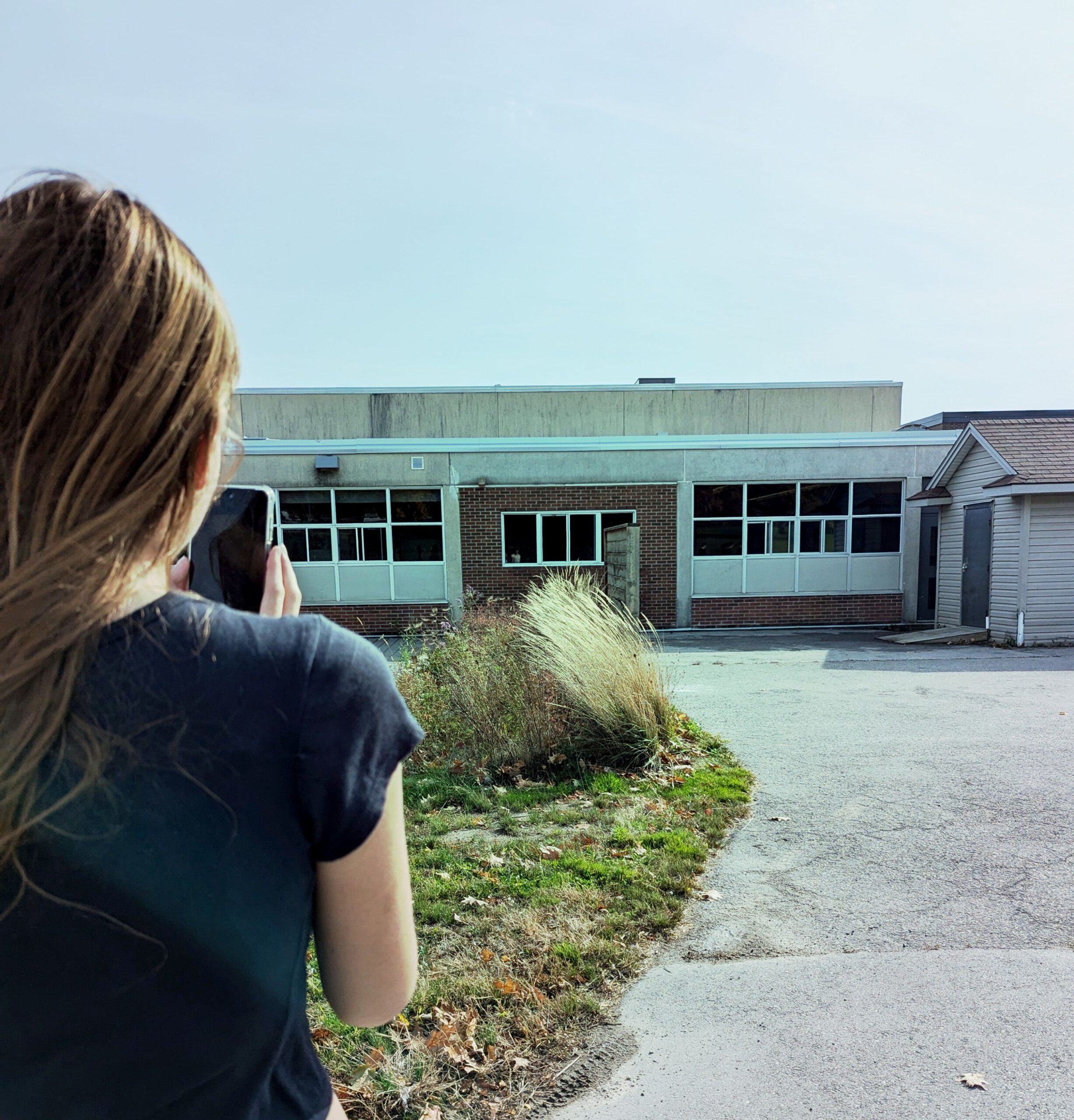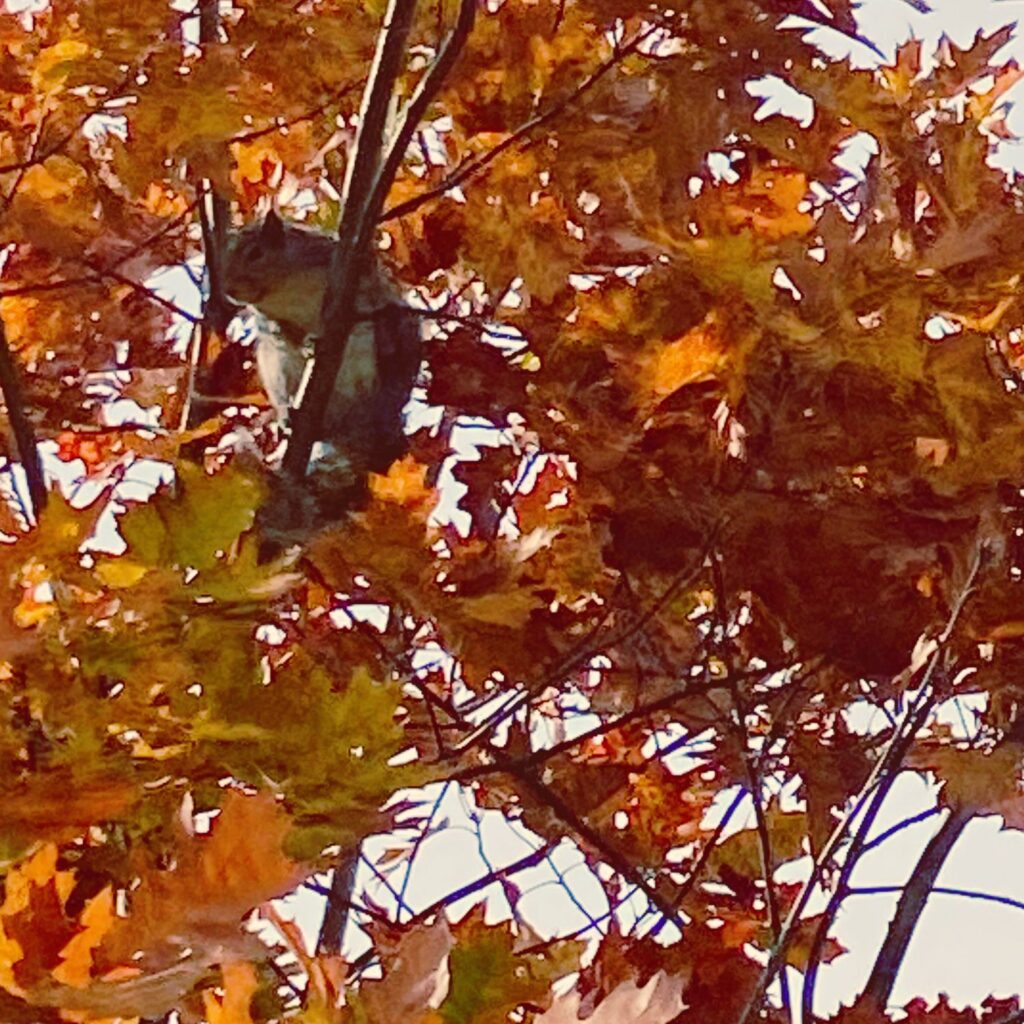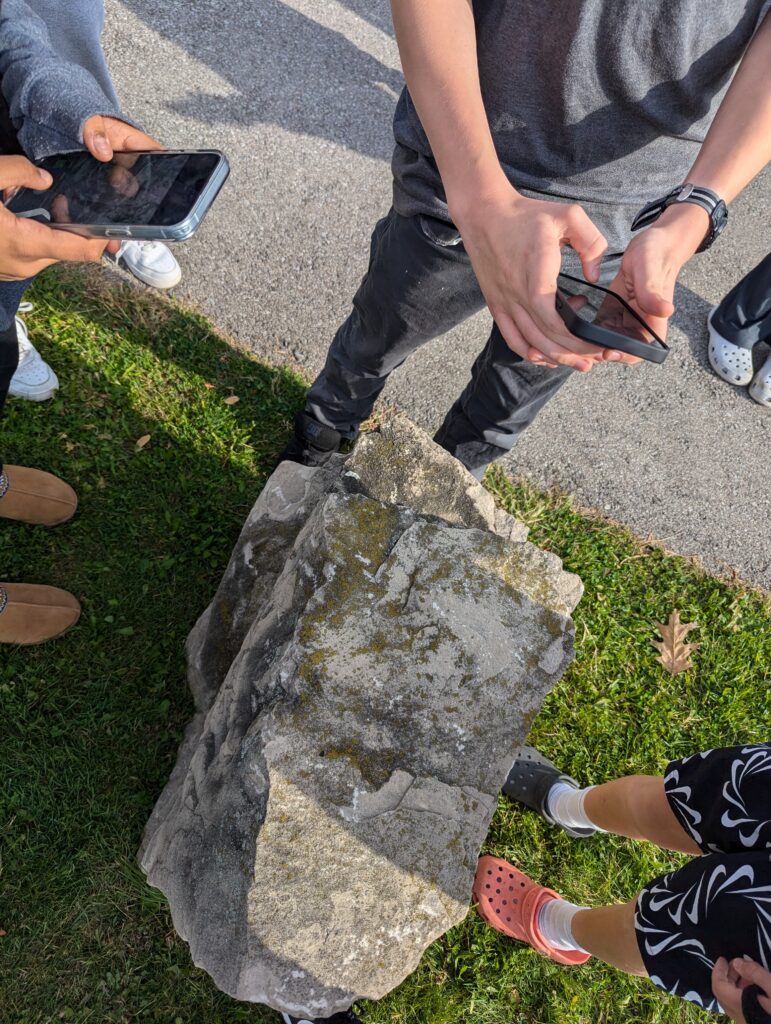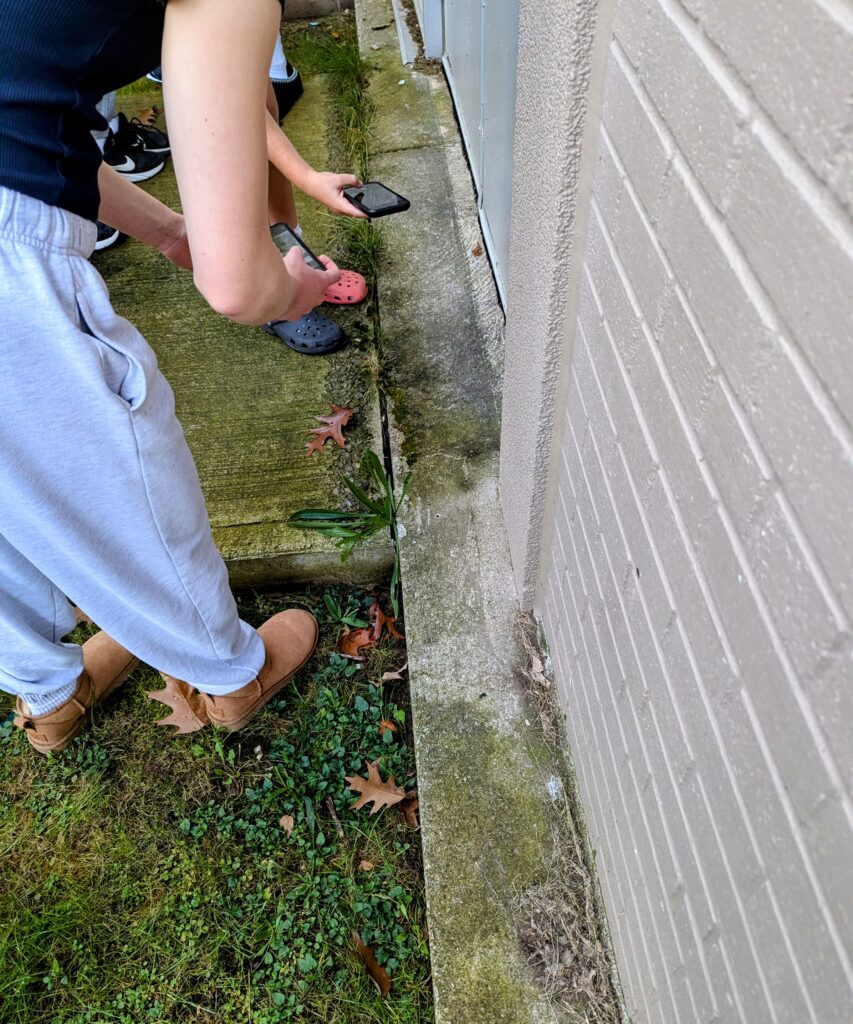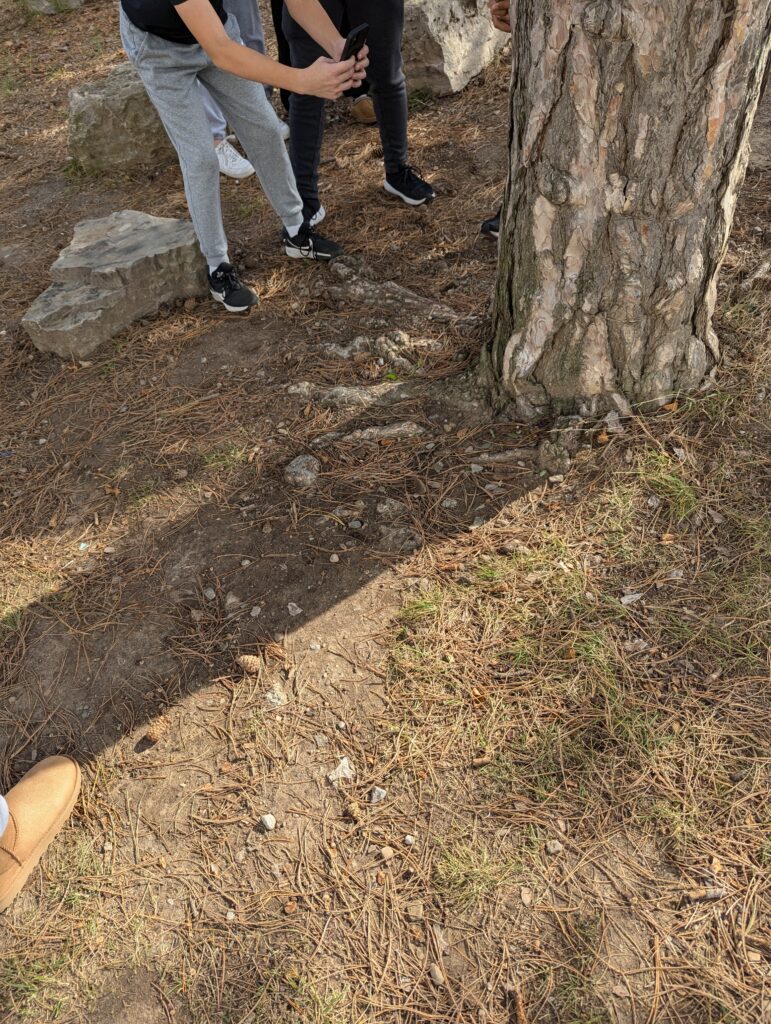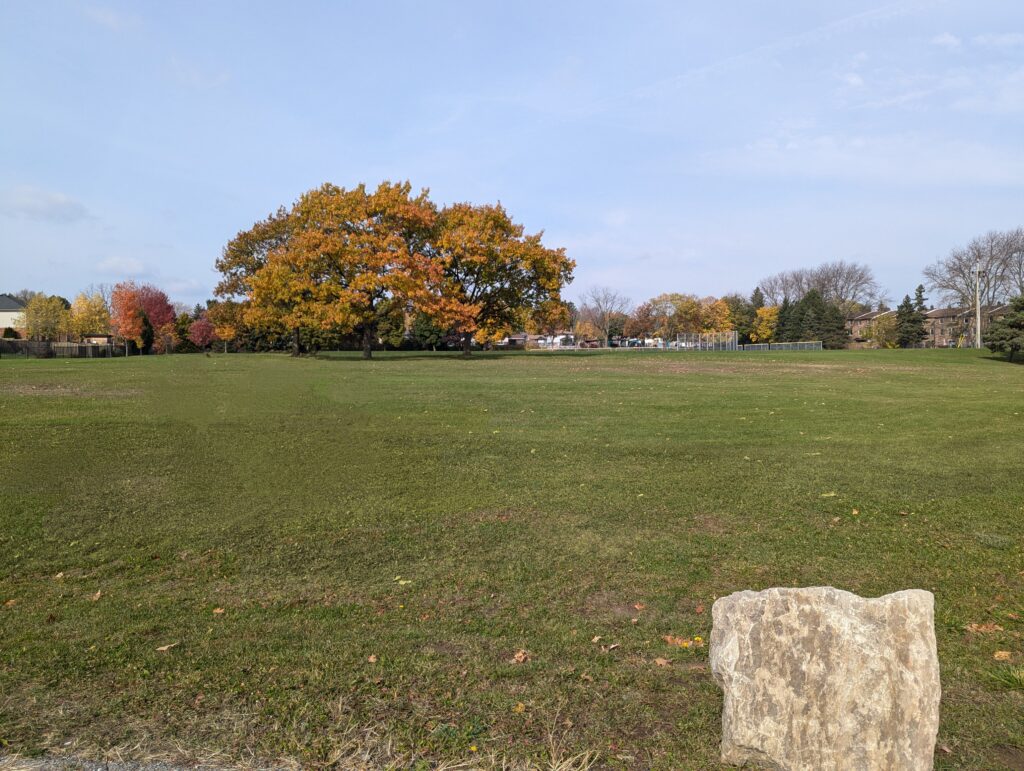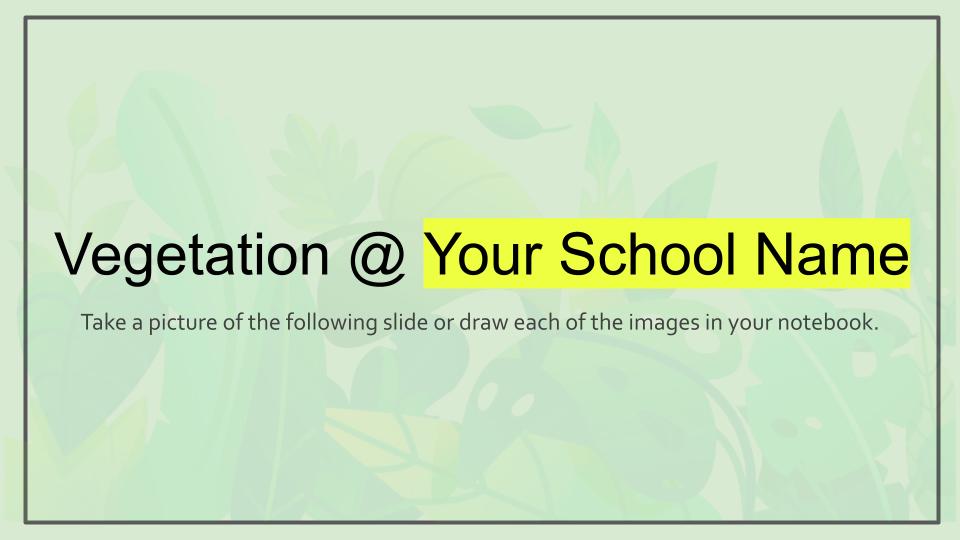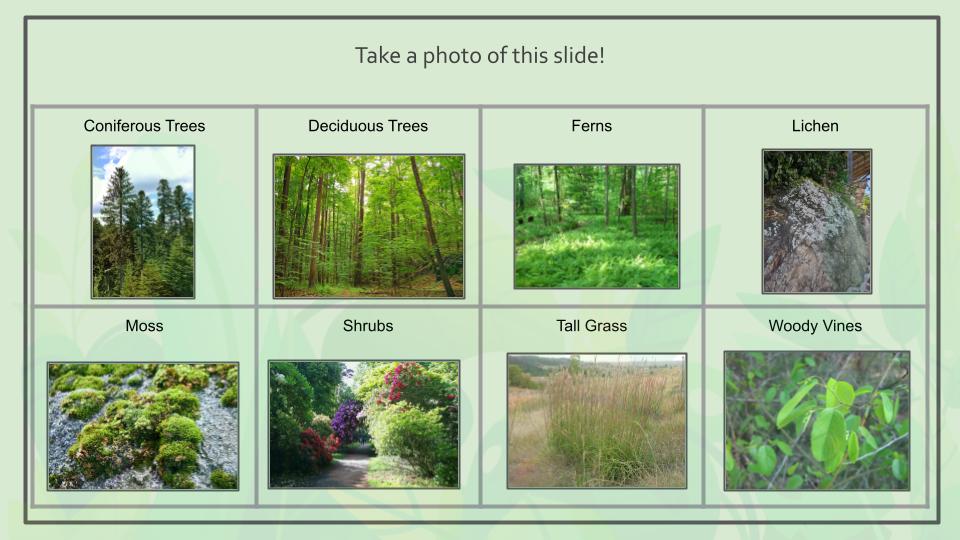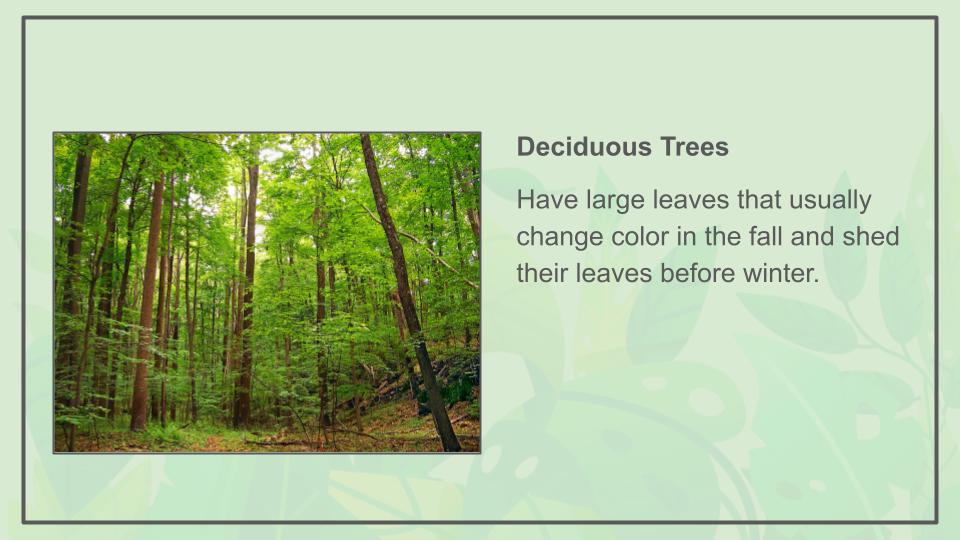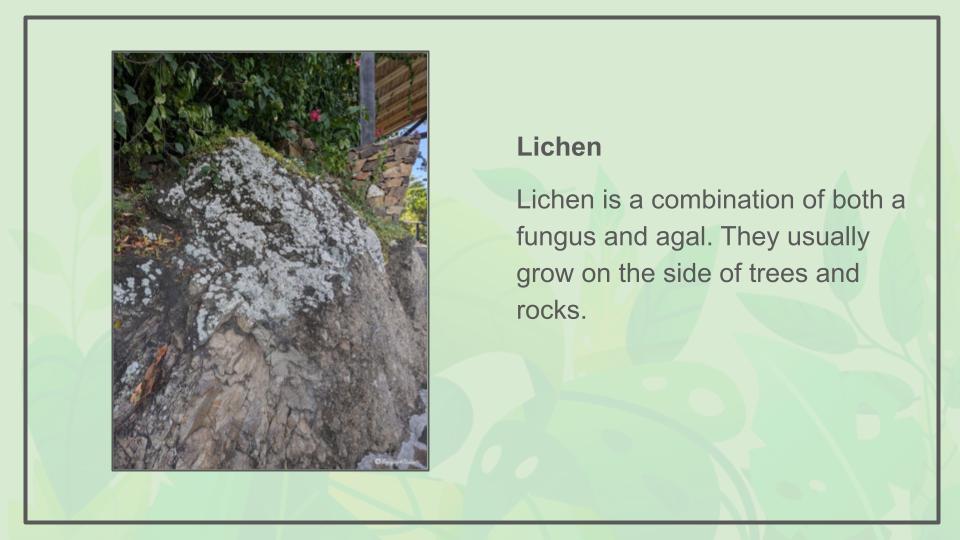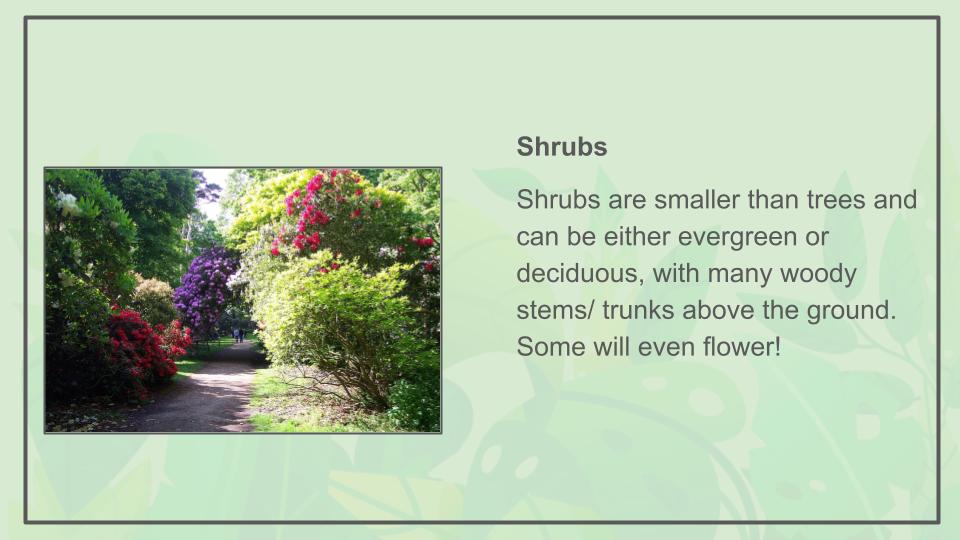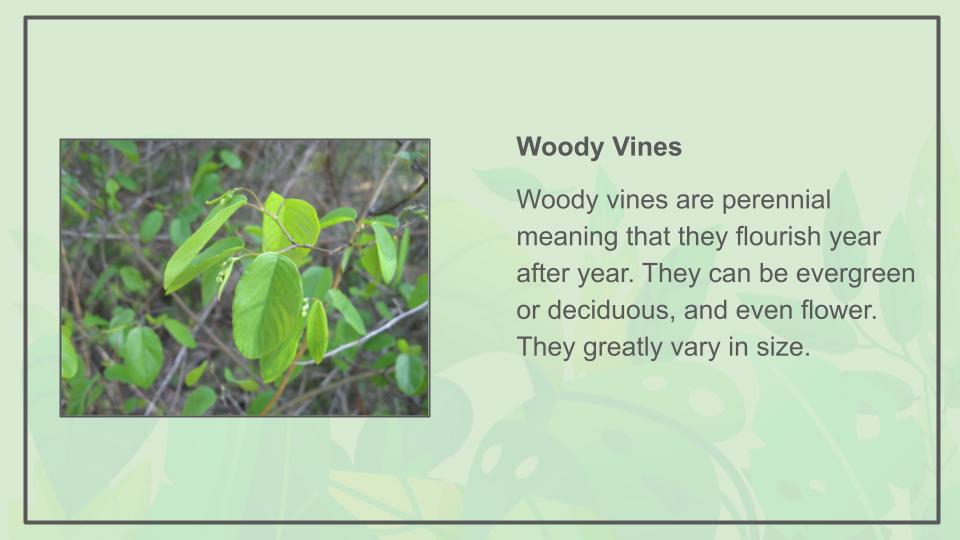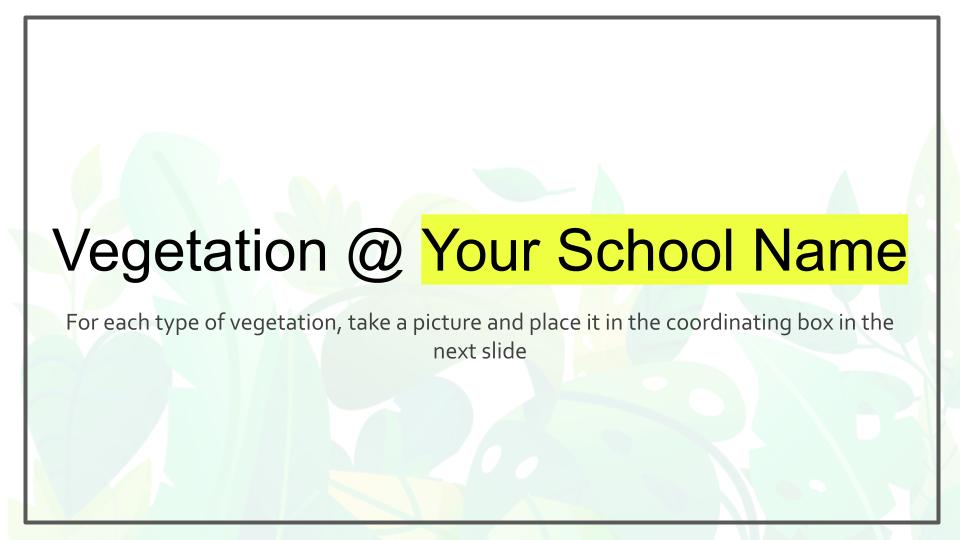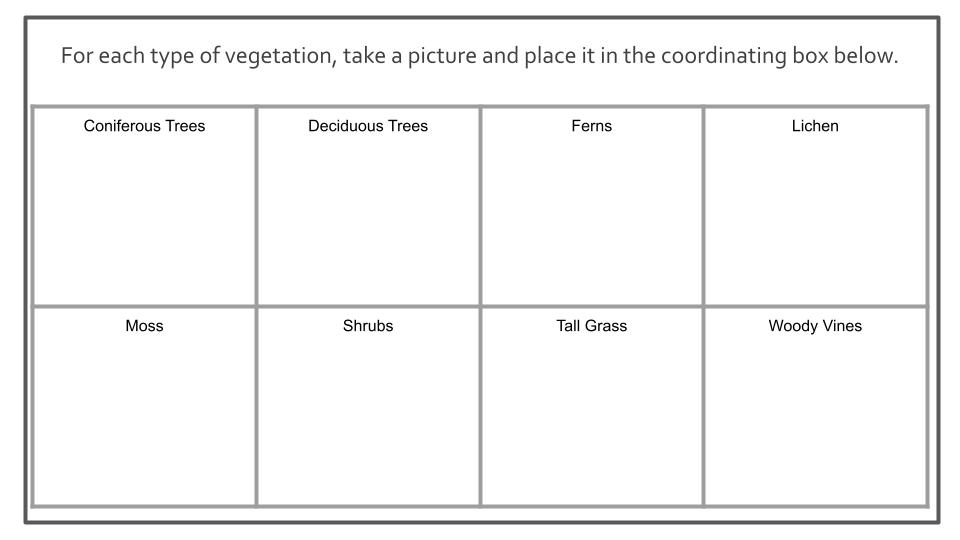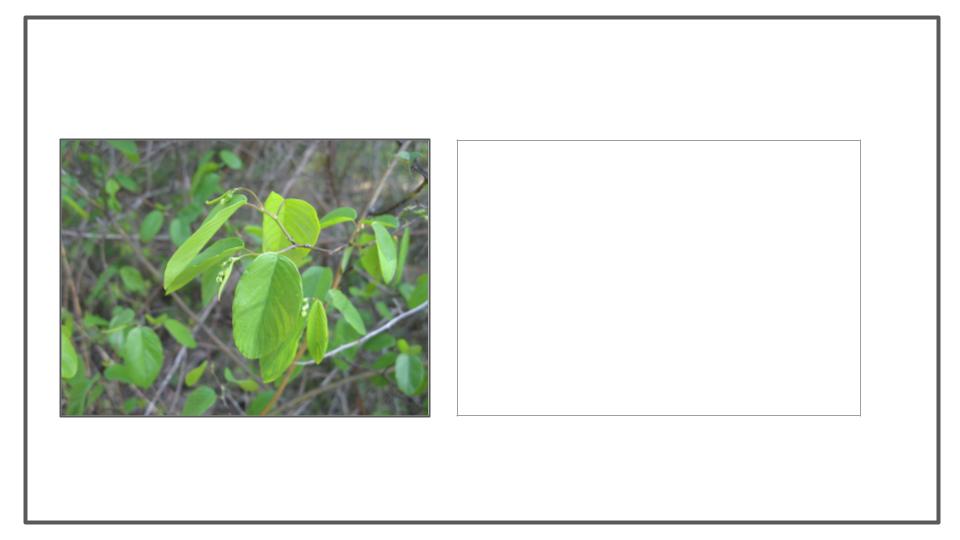When students returned to the classroom during the latter half of the covid-19 pandemic, there was almost always a class walk outside, every period, every day. The kids were outside ALOT- even when it was cold. But this was not for learning purposes- rather for fresh, contagion free air.
These days, outside walkabouts are almost non-existent- in my school anyways, unless it is excruciatingly hot in the classrooms and there is a need for escape. But last week I sensed an almost agitation or restlessness in many kids in all 3 periods, so I started brainstorming what to do about it. Since we were studying vegetation as a precursor to learning about agriculture as a resource, the next day I took all 3 Grade 9 classes outside on a quest for photos of certain types of vegetation to reinforce their learning of the types of vegetation in our climate. And it ended up with some great discussions: What side of the tree do lichen or moss appear?) Why do the leaves fall on deciduous trees? What is the difference between a large shrub and a tree? And how do squirrels hang on when it is so windy?!
Since this particular day was also sunny and warm, the students were singing and laughing while running towards each plant on their list for a photo. Happy smiling faces outside on a beautiful day AND learning. It was perfect. This ended up being an especially effective teaching strategy for my student with ADHD. He was engaged and having fun.
Before returning to class, I could hear many laughing about the word, “lichen”. I have to share what some Grade 9 girls thought was funny for the next two days…”I lichen the fact that you came over last night.”, “I lichen, lichen”…
They enjoyed this 20-25 minute outdoor education so much that I am now doing more brainstorming to incorporate more on-site outings, even as the weather changes into winter. I think even if it is 10 minutes in length, the students would be happy. I will be in touch when I have some ideas! If you have been successful with a short outdoor Geography class activity during the colder months (think snow) please share!!!
Here’s how the lesson went:
- The day prior to going outside I used a short slideshow on soil and climate with regards to the factors required for vegetation to grow. The next day I used the first slideshow below, consisting of images and definitions of several types of vegetation. Students could draw or take a photo of the second slide of images on the screen for reference on our little excursion outside. They would write the definition of each before going outside. You can download all of the editable slides (add plants from your climate zone!) by subscribing to the blog.
- When organizing the outside class activity, students could work by themselves or in partners. If one student didn’t have a phone, they needed to partner with someone who did. This worked out very well. Then the Google Slideshow slide (the second image below) whereby students would be uploading their pictures from the activity to was shared, and students were instructed to save it to their Google Drives, ensuring that if they had a partner, the partner was added as an editor.
- Then we went outside and took pictures of the vegetation on our school property. I had done a little walk around the property the day before on lunch and knew exactly where to direct the students. Although that didn’t really matter because they really had their eyes open for what they needed and would run toward anything that seemed ideal. Since this took the entire 75 minute period, the rest was left for the next day.
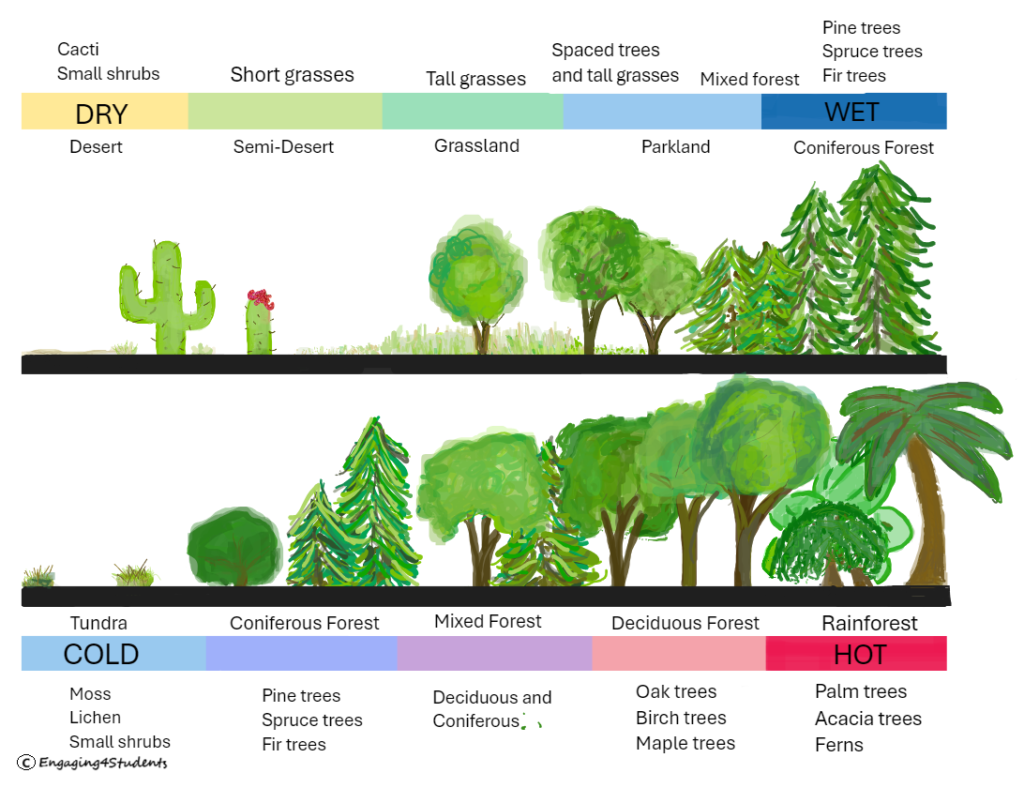
4. The first priority the next day was for students to upload their photos to their Google Slideshow, and then finally identify where each of the plants would fall on a WET-DRY and HOT-COLD biome scale. The final slide in both slideshows is a copy of my homemade version which you can see here on the left:)
Sample-Teacher Copy of the Slideshow
Sample-Student Copy of the Slideshow
This was an activity that was not planned very far in advance, yet it was engaging to the point where 2 months later they are asking if they can go outside again and do another on-site photo excursion. So I’ll be definitely implementing this again next semester:)
Happy Teaching!




